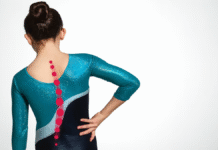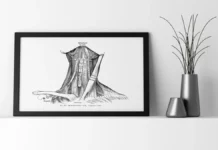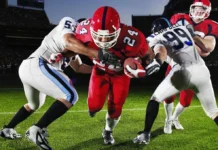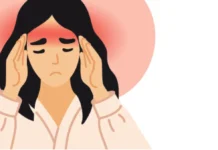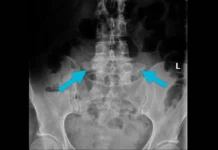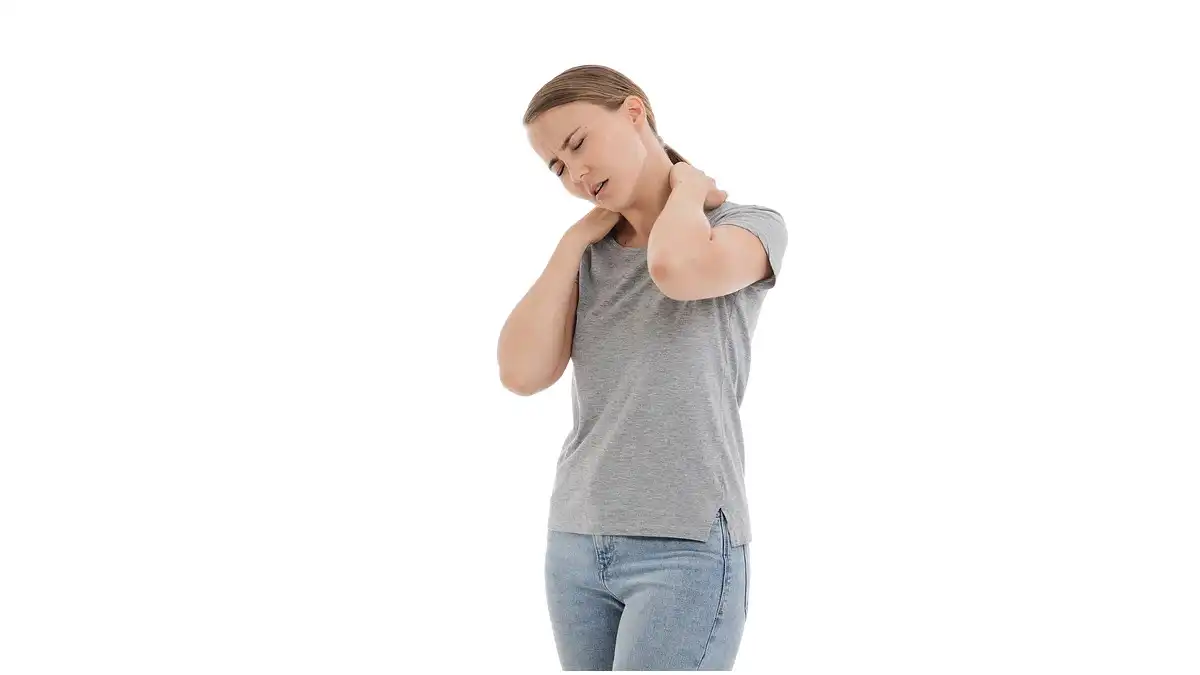Torticollis is a form of dystonia (prolonged muscle contraction) in which the neck muscles, particularly the sternocleidomastoid muscle, contract involuntarily, causing lateral bending and rotation of the head.
Torticollis is a symptom and clinical sign characterized by a lateral tilt of the head and rotation of the chin to the side opposite the tilt. Many conditions cause torticollis. Congenital muscular torticollis associated with contracture of the sternocleidomastoid muscle is the most common etiology in children. Osteopathy offers very good results for those suffering from this condition.

Causes
Congenital muscular torticollis: The child has had a torticollis since birth. Possible reason
- Malposition of the fetus in the uterus, resulting in a myofascial syndrome (permanent contraction complex) in the sternocleidomastoid, which reduces its range of motion in both rotation and lateral flexion. The head is usually tilted in lateral flexion toward the affected muscle and turned to the opposite side.
- Trauma or muscle injury at birth
- Abnormal development of the sternocleidomastoid muscle
- May occur as a symptom of other underlying conditions
- Shortened neck
- Shortened limbs (arms and legs)
- Dwarfism
Acquired torticollis :
- Irritation of cervical ligaments due to viral infection.
- Vigorous movement.
- Sleeping in an uncomfortable position
- Injury to the neck muscles at birth
- Any injury that causes severe scarring and shrinkage of the skin or muscles
- Neck muscle spasm
- Facet syndrome
- Herniated disc
- Viral or bacterial infection
- Minor trauma to the head and neck
- Gastroesophageal reflux disease (GERD)
- Respiratory and soft tissue infections of the neck
- Atlantoaxial subluxation
- Vision problems (called ocular torticollis)
- Abnormal reaction to certain medications (called a dystonic reaction)
Symptoms
- Pain – usually located in the middle or on the side of the affected neck. The onset of pain is sudden. Pain is not felt beyond the shoulder joint.
- Loss of movement – your neck is usually fixed in an abnormal position – most often flexed forward and turned away from the side of the pain. Any movement aggravates the pain, as the joint is fixed and movement triggers irritation of the joint and therefore pain.
- Muscle spasm – this is a tightening of the associated neck muscles that further limits movement.
- The child has a limited range of motion in the head and neck.
Osteopathy approach
- IT IS ESSENTIAL THAT RADIOGRAPHY CLICKS BE TAKEN before treating the area.
- Wait until neurological symptoms (vomiting, nausea, numbness) disappear before treating the area.
- When the injury is moderate to severe, the patient should wear a cervical collar.
- Use cold compresses if swelling is present.
- It is best to relieve any muscle tension before mobilizing the area.
- The following muscles should be relaxed:
- Suboccipital
- Scalene muscle cervical flexor
- Sternocleidomastoid
- Temporalis
- Once these muscles are relaxed, mobilization will be possible and safe



